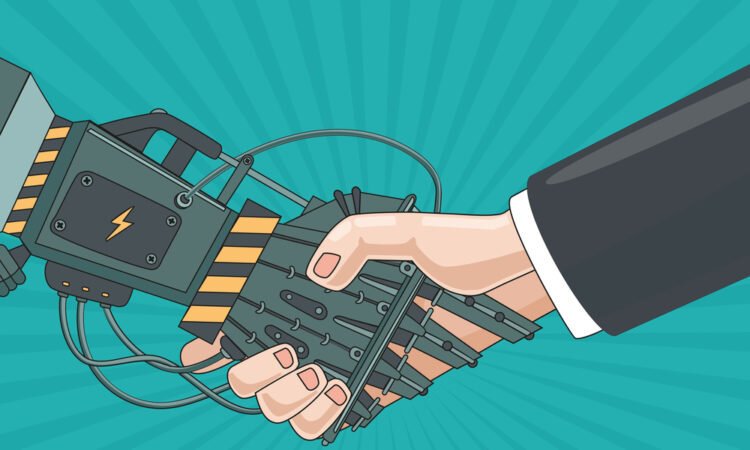
The question that many of us are still bothered with is whether robots, software robots more precisely, will replace humans. The short answer is no, they won’t.
Even though RPA certainly has a pronounced effect on the job market, its capabilities do not allow it to entirely replace the need for a human workforce. Rather than putting bots instead of humans, robotic process automation is more likely to replace specific tasks, namely rules-based and routine ones, like data entry or order processing.
However, the human-specific traits such as creativity, complex problem solving, or communication, are simply not amenable to automation, not even to intelligent automation.
Consequently, instead of being replaced completely, the human workforce will have a different structure. This means that employees will be empowered to fill roles that allow them to be more creative and inventive, which will lead to increased job satisfaction.
Which, then, are the processes that are suitable for automation?
In the first place, those involving a high degree of manual, structured and repetitive input. Because of such features, these processes are also error-prone, which represents an additional reason to pass them on to software robots.
Activities with clear, template-driven, processing instructions are also among the ones that should be considered for automation. Being mature and stable, high volume and high frequency, and having a low rate of outcome variation, readable input types, and measurable savings (representable in terms of higher accuracy and overall productivity, or reduced processing times) are other process features that you might want to tick when selecting the tasks to be assigned to bots.
This infographic provides more relevant details on the topic. All in all, you can view robotic process automation as a functional tool that facilitates an optimal resource allocation, thereby leading to the best possible business outcomes.
Quick wins with RPA
- Food companies may consider automating delivery confirmation in ERP, following the model of a CiGen client, an Australian FMCG food company. Software robots were trained to read, extract and rename delivery docket pdf files, to upload each document and match against sales order in netsuite cloud ERP, and to report any unmatched deliveries.
- As a result, processing time was reduced by 95%, while process uptime and completion was 100%, with zero error rate, and instant ROI was achieved by sidelining the process. This meant up to date delivery status, prompt resolution of non-delivery, and faster remittance of open invoices.
- In the facility management industry, automation of manufacturer rebate calculations can lead to faster and increased value of remittance rebates owed. This is what has been observed in the case of our client, a facilities management in Australia, where we deployed the UiPath platform with Studio and attended robots. The company experienced 40% increase in total rebates claimed with zero calculation errors, and only 3 months to ROI.
- In the utilities sector, automation of asset management database updates can make companies better able to meet tighter regulatory compliance SLA’s. Up to 85% of effort can be automated, which results in 100% data entry accuracy, 30% reduction of processing time, and a significant improvement of the capacity to account for business rules and processing pathways.
Hi! I am a robot. I just upvoted you! I found similar content that readers might be interested in:
https://www.businessprocessincubator.com/content/the-future-of-intelligent-automation-human-robot-collaboration-how-to-achieve-it/